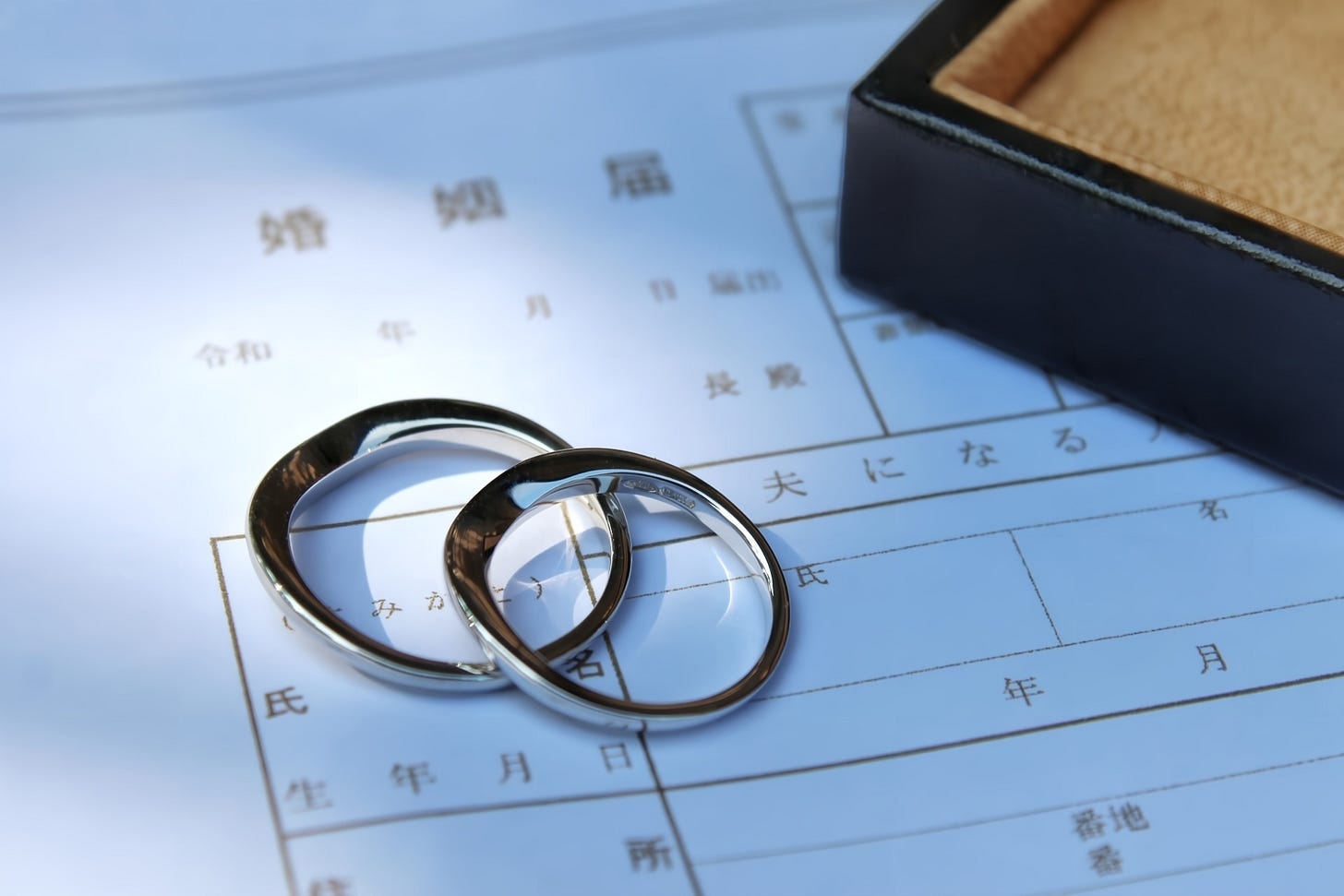日本(にほん)の戸籍制度(こせきせいど)
What Is Koseki? A Simple Guide to Japan’s Family Registration

日本(にほん)には「戸籍(こせき)」という、家族(かぞく)の情報(じょうほう)を記録(きろく)する制度(せいど)があります。
Japan has a system called koseki. It is a record of family information.
■ 戸籍(こせき)とは?
戸籍(こせき)は、日本人(にほんじん)の名前(なまえ)、生(う)まれた日(ひ)、家族(かぞく)のつながり(父(ちち)、母(はは)、子(こ)など)を記録(きろく)したものです。結婚(けっこん)や離婚(りこん)、死亡(しぼう)などの情報(じょうほう)も書(か)かれます。
■ What is a koseki?
A family register is a document that shows family relationships.
It includes the names, dates of birth, fathers, mothers, children, and other family members.
It also records important events such as marriage, divorce, and death.
■ 誰(だれ)が戸籍(こせき)に入(はい)る?
日本人(にほんじん)は生(う)まれると、両親(りょうしん)の戸籍(こせき)に入(はい)ります。大人(おとな)になると、自分(じぶん)で戸籍(こせき)を作(つく)ることもあります(たとえば結婚(けっこん)したとき)。
■ Who is in a koseki?
When a Japanese child is born, they are added to their parents’ koseki.
When a person reaches adulthood, they may create their own koseki.
This often happens when someone gets married.
■ 戸籍(こせき)の使(つか)い道(みち)
パスポートを作(つく)るとき
結婚(けっこん)や相続(そうぞく)のとき
家族(かぞく)の関係(かんけい)を証明(しょうめい)するとき
■ What is the koseki used for?
People use it to apply for a passport.
They use it when getting married or dealing with inheritance.
It also proves who your family members are.
■ 外国人(がいこくじん)は?
外国人(がいこくじん)は、日本(にほん)の戸籍(こせき)には入(はい)りませんが、住民票(じゅうみんひょう)には登録(とうろく)されます。外国人(がいこくじん)が日本(にほん)に帰化(きか)をしたら日本(にほん)に戸籍(こせき)ができます。日本(にほん)は2重(にじゅう)国籍(こくせき)を認(みと)めていないので日本(にほん)に帰化(きか)をした外国人(がいこくじん)は日本(にほん)以外(いがい)のパスポートを持(も)つことはできません。
■ What about non-Japanese people?
Foreigners are not in the Japanese koseki.
But they are registered in a different record called juminhyo (resident record).
If a foreigner becomes a Japanese citizen, they will get a koseki.
Japan does not allow dual citizenship.
So, if a person becomes Japanese, they must give up other passports.

